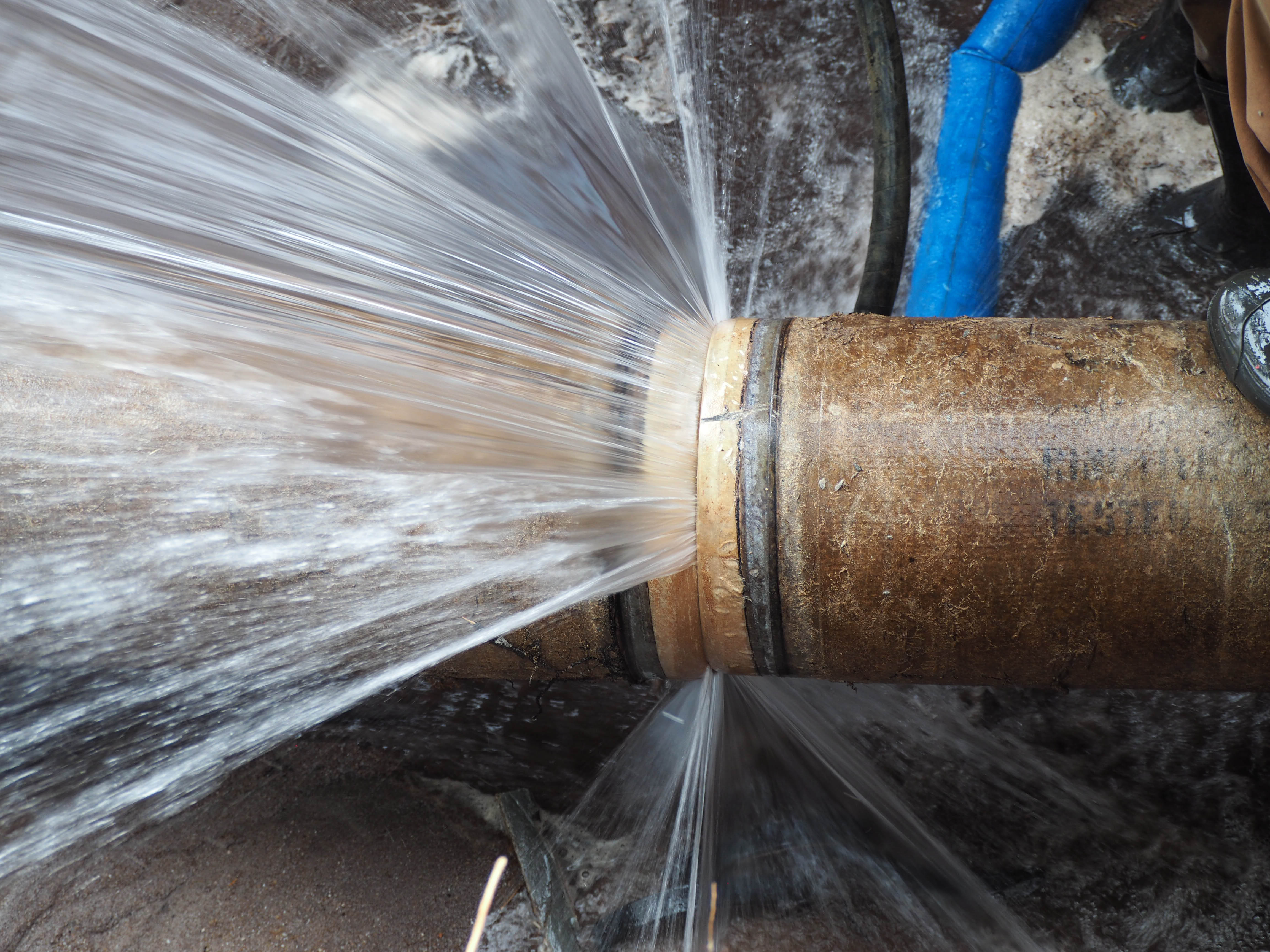Tips to Prevent Frozen Pipes in Winter: Pro Tips
Tips to Prevent Frozen Pipes in Winter: Pro Tips
Blog Article
The author is making a few great pointers on the subject of How to prepare your home plumbing for winter weather overall in this content down the page.

Cold weather can ruin your plumbing, particularly by freezing pipelines. Here's just how to avoid it from taking place and what to do if it does.
Introduction
As temperature levels decrease, the threat of frozen pipelines increases, possibly causing costly repair services and water damages. Recognizing how to avoid icy pipes is important for homeowners in cold environments.
Avoidance Tips
Insulating susceptible pipelines
Cover pipelines in insulation sleeves or use heat tape to safeguard them from freezing temperature levels. Concentrate on pipelines in unheated or external locations of the home.
Home heating strategies
Keep interior spaces sufficiently heated up, particularly areas with plumbing. Open cabinet doors to allow cozy air to flow around pipelines under sinks.
Exactly how to determine frozen pipelines
Try to find reduced water flow from faucets, unusual smells or noises from pipes, and noticeable frost on subjected pipelines.
Long-Term Solutions
Architectural adjustments
Take into consideration rerouting pipelines away from outside walls or unheated locations. Include additional insulation to attics, cellars, and crawl spaces.
Updating insulation
Invest in premium insulation for pipelines, attic rooms, and wall surfaces. Appropriate insulation helps maintain constant temperatures and reduces the threat of icy pipelines.
Securing Outside Plumbing
Garden tubes and outside faucets
Detach and drain yard hoses prior to winter season. Mount frost-proof spigots or cover outside taps with protected caps.
Recognizing Frozen Pipelines
What creates pipes to ice up?
Pipelines ice up when exposed to temperatures listed below 32 ° F (0 ° C) for expanded durations. As water inside the pipelines ices up, it expands, putting pressure on the pipe walls and possibly triggering them to rupture.
Dangers and problems
Icy pipelines can cause water disturbances, home damage, and expensive repairs. Ruptured pipelines can flood homes and cause extensive architectural damage.
Indicators of Frozen Pipes
Recognizing frozen pipelines early can prevent them from breaking.
What to Do If Your Pipelines Freeze
Immediate activities to take
If you presume icy pipes, keep faucets available to soothe stress as the ice melts. Utilize a hairdryer or towels soaked in hot water to thaw pipelines slowly.
Verdict
Protecting against icy pipelines calls for aggressive procedures and quick reactions. By understanding the reasons, indicators, and preventive measures, home owners can protect their plumbing during winter.
5 Ways to Prevent Frozen Pipes
Drain Outdoor Faucets and Disconnect Hoses
First, close the shut-off valve that controls the flow of water in the pipe to your outdoor faucet. Then, head outside to disconnect and drain your hose and open the outdoor faucet to allow the water to completely drain out of the line. Turn off the faucet when done. Finally, head back to the shut-off valve and drain the remaining water inside the pipe into a bucket or container. Additionally, if you have a home irrigation system, you should consider hiring an expert to clear the system of water each year.
Insulate Pipes
One of the best and most cost-effective methods for preventing frozen water pipes is to wrap your pipes with insulation. This is especially important for areas in your home that aren’t exposed to heat, such as an attic. We suggest using foam sleeves, which can typically be found at your local hardware store.
Keep Heat Running at 65
Your pipes are located inside your walls, and the temperature there is much colder than the rest of the house. To prevent your pipes from freezing, The Insurance Information Institute suggests that you keep your home heated to at least 65 degrees, even when traveling. You may want to invest in smart devices that can keep an eye on the temperature in your home while you’re away.
Leave Water Dripping
Moving water — even a small trickle — can prevent ice from forming inside your pipes. When freezing temps are imminent, start a drip of water from all faucets that serve exposed pipes. Leaving a few faucets running will also help relieve pressure inside the pipes and help prevent a rupture if the water inside freezes.
Open Cupboard Doors
Warm your kitchen and bathroom pipes by opening cupboards and vanities. You should also leave your interior doors ajar to help warm air circulate evenly throughout your home.

I was shown that editorial about Prevent Frozen Pipes from an associate on our other domain. For those who appreciated our blog entry if you please don't forget to share it. We cherish reading our article about How to prepare your home plumbing for winter weather.
Book 24/7 Report this page